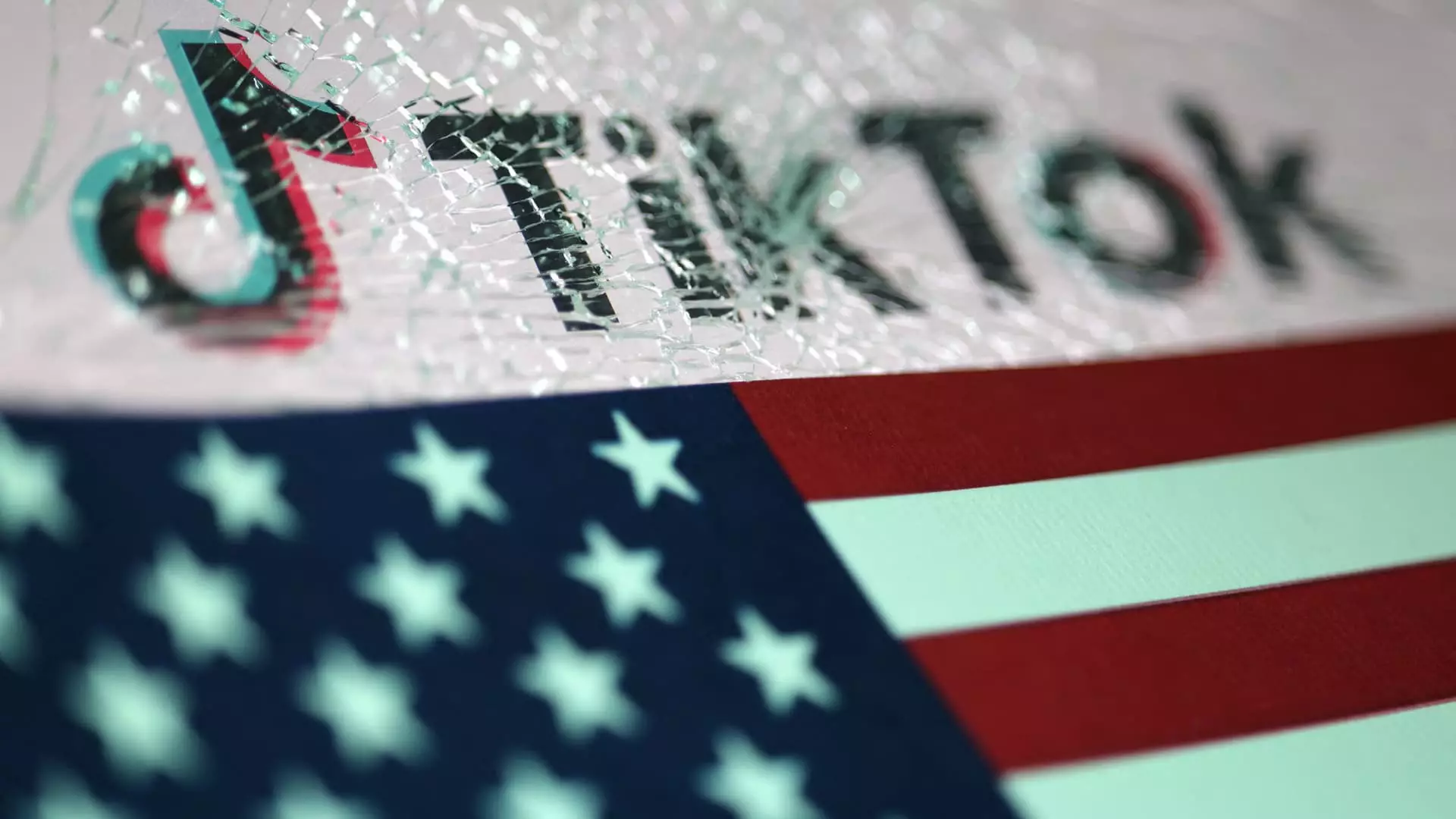In the midst of a tumultuous political environment, TikTok found itself partially accessible to U.S. users after an announcement from then-President-elect Donald Trump. This came after a ban loomed large over the popular social media platform, which had faced scrutiny primarily due to its Chinese ownership. Trump’s public statement sparked a temporary lifting of restrictions, creating a complex layering of politics, technology, and public sentiment surrounding digital rights.
TikTok expressed gratitude for Trump’s move, asserting that his administration provided the “clarity” necessary for its service providers. This led to a collaborative effort between TikTok and its service partners to reinstate access to the over 170 million American users who rely on its platforms, including more than 7 million small businesses that utilize TikTok for promotion. TikTok’s communication emphasized a commitment to defending the First Amendment, portraying the situation as a battle against what it termed “arbitrary censorship.”
Trump’s announcement on social media that he would issue an executive order to delay the ban highlighted the significant influence political decisions have on technology and user access. Such executive actions can reshape the landscape of digital communication in real-time, impacting millions of users. The threat of TikTok’s ban raised questions about the extent to which a government can intervene in the operations of a private company, particularly when it affects free speech and digital expression.
Despite these governmental interventions, the platform’s situation remained precarious. As lawmakers and courts moved to uphold the ban, the divide between national security interests and individual freedom grew ever wider. The Supreme Court’s decision underscored just how tenuous TikTok’s position was, confirming that policy challenges might persist.
In his efforts to preserve TikTok’s access in the U.S., Trump suggested that an equity split, with the U.S. acquiring 50% of the company, might be a viable solution to the ownership dilemma. However, ByteDance’s commitment to maintain full ownership raised skepticism about any potential resolution. The company’s reluctance to sell raises questions about the balance of power between Chinese enterprises and U.S. regulations.
The prospect of a forced sale poses substantial implications, not only for TikTok’s operational structure but also for broader trade relations and technological collaborations between the U.S. and China. The tensions surrounding TikTok may indeed reflect larger geopolitical dynamics, where the access and control of technology become tools of diplomacy and national interest.
While TikTok initiated steps to restore service following Trump’s intervention, uncertainty looms over its long-term viability in the United States. The interplay of public policy, economic considerations, and ownership stakes represents a complicated landscape for TikTok users and businesses alike. As discussions progress, TikTok’s trajectory will undoubtedly remain a focal point in the media and political discourse, emblematic of the ongoing struggle between censorship and digital freedom in the 21st century.

